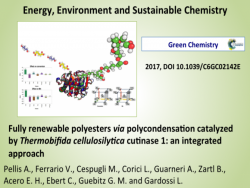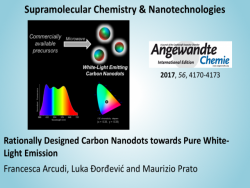Metodi teorici per il fotoassorbimento e la fotoionizzazione molecolare, sviluppo di codice e calcolo parallelo su larga scala
Theoretical study of molecular photoionization processes and development of computer codes
Research is centered on the development of theoretical methods, numerical algorithms and their implementation in massively parallel computer codes for the description of photoionization processes in atoms and complex polyatomic molecules.
The molecular response is studied both in the perturbative (single and multiphoton) and nonperturbative regime, as attained with synchrotron radiation sources, free-electron lasers and ultraintense lasers, and ultrashort temporal pulses (femto and attosecond chemistry).
Many international collaborations are active with experimental groups in the field, as well as theoretical colleagues.
The main methodology is based on the expansion of the continuum wavefunctions in a B-spline basis, which ensure convergence of the numerical results within the underlying theoretical model. Notably a large scale code has been developed based on wavefunctions described at the DFT (density functional theory) and TDDFT (linear response), which is well established and gives quite accurate results also for very large molecules. It has been implemented also at the multiphoton perturbative level, and the nonperturbative treatment based on the accurate solution of the time dependent Schroedinger equation (TDSE). The observables computed are partial and total cross sections, angular distributions, notably asymmetry parameter, non dipole parameters, dichroic parameter for the study of chiral systems, ionization from oriented molecules, interference and diffraction. See publication list on our website
Besides analysis of specific systems and experimental results, current theoretical research is focused on the implementation of ab-initio close coupling wavefuncyions, for the description of more complex electronic processes which include multielectron excitations, of current experimental interest, and the coupling with nuclear motion, for the description of vibrationally resolved processe, molecular dissociation, and time resolved ionization on ultrashort scale.
Gruppo di ricerca
| Gruppo Fotoionizzazione e fotoassorbimento molecolare |








